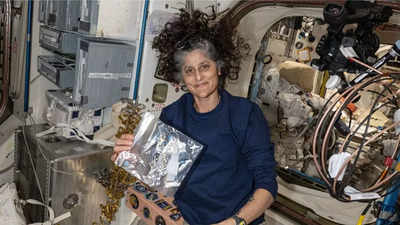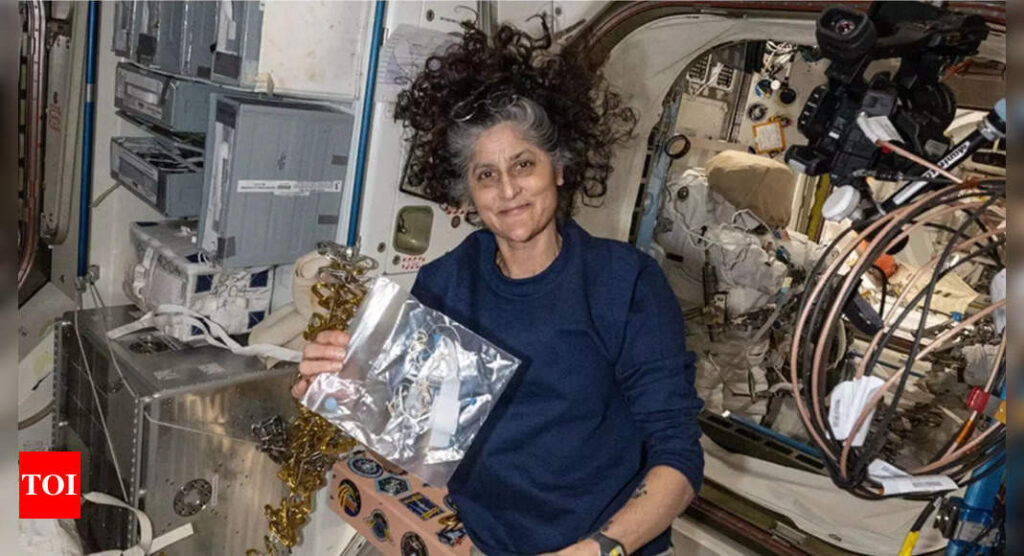
Nasa astronaut Sunita Williams is gearing up for her return to Earth on March 19, 2025, after months aboard the International Space Station (ISS). But coming home from space isn’t as simple as boarding a plane—it’s a battle against gravity itself.
The cost of space travel
Long-duration space missions take a serious toll on the human body. In microgravity, astronauts experience bone density loss, muscle atrophy, vision problems, and cardiovascular stress. Returning to Earth’s gravity means relearning balance, coordination, and even walking.
Then there’s radiation exposure, which increases the risk of cancer. Even mental health is tested, as isolation and confinement push astronauts to their psychological limits.
So, why do astronauts willingly take these risks?
Nasa’s support system
Nasa ensures that astronauts are well-compensated for their sacrifices. From world-class healthcare to financial security, the agency provides a robust support system.
- Medical care & rehab – Specialized screenings, fitness programs, and psychological support help astronauts before, during, and after missions.
- Salary & benefits – Williams earns between $100,000 and $152,258 annually, plus pension benefits under the Federal Employees Retirement System (FERS).
- Perks & recognition – Travel allowances, international training, and the prestige of being among the elite few to venture beyond Earth.
After Nasa, many astronauts find new opportunities in public speaking, book deals, leadership roles in aerospace, and government agencies.
What it takes to be an astronaut
Becoming an astronaut is no easy feat. It starts with a STEM degree—engineering, biological science, physical science, computer science, or mathematics—followed by a master’s degree and years of experience.
For aspiring pilots, Nasa requires at least 1,000 hours of flight time in jet aircraft. Physical fitness is a must, and astronauts must pass rigorous medical tests to prove they can endure the extreme conditions of space. Fluency in Russian is also a plus, given the ISS partnership with Roscosmos.
The ultimate reward
For those who make the cut, the payoff is unmatched—a front-row seat to humanity’s future in space, the privilege of seeing Earth from above, and a place in history.
As Sunita Williams prepares for her journey home, she carries with her the weight of space’s challenges—but also the immeasurable reward of exploration.














